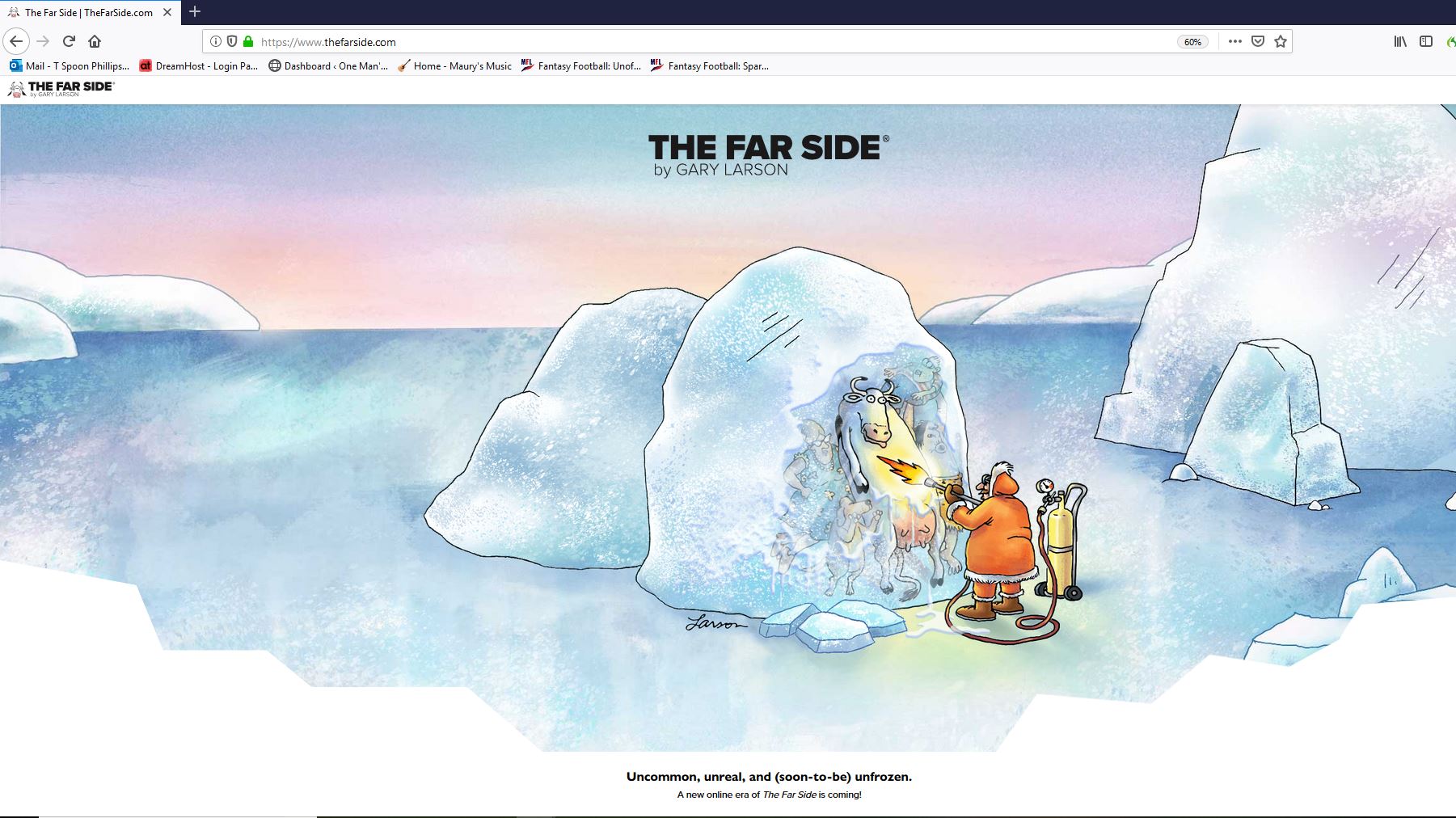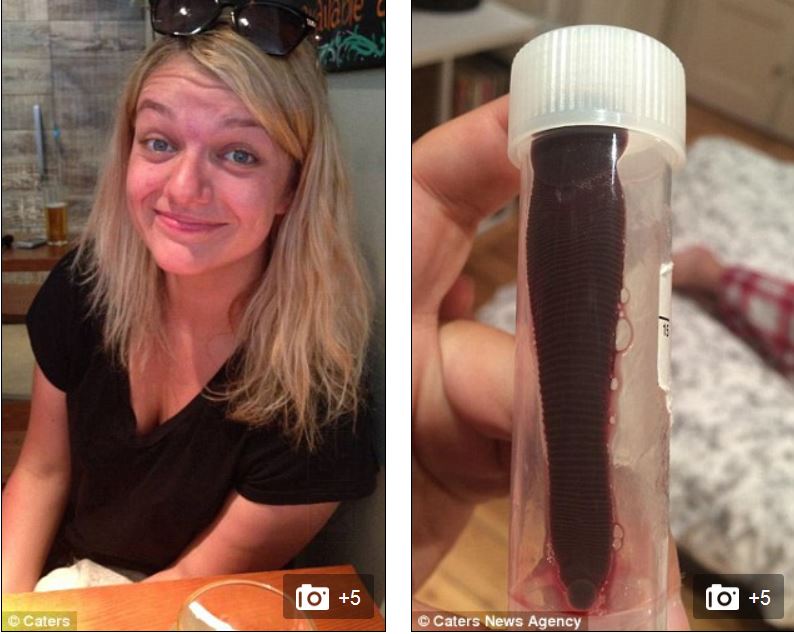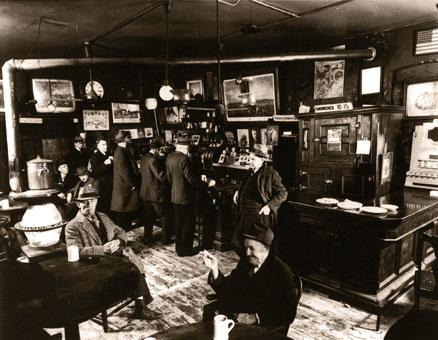World of Radio – Monday Map
Brief Tour of World Radio Stations
The New Sensation of Radio! (Well, new to me!)
Here is a short video I put together, as I wondered the globe, listening to music from many lands, “from station to station,” as it were, and zooming in for brief visits to the local communities, all thanks to an amazing site that uses digital satellite technology and Google Earth.
(New Edit with tweaked volume and typo repair.)
The site radio.garden allows one to listen to radio stations around the globe, from their hometown to the most exotic locals their imagination can think up.
It must be similar to having a shortwave radio set, used to seek out signals from foreign lands and whatever voices and unusual music one could pull out of the ether. Only in this case, it is all digital quality via satellites. A modern wonder.
I had a great fun making this video, and have a new hobby, listening to radio stations from foreign lands. Try it out for yourself!
radio.garden




